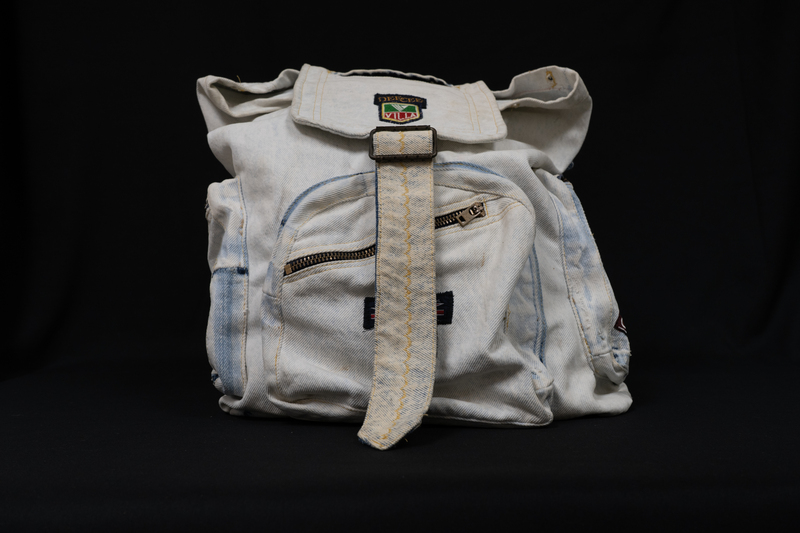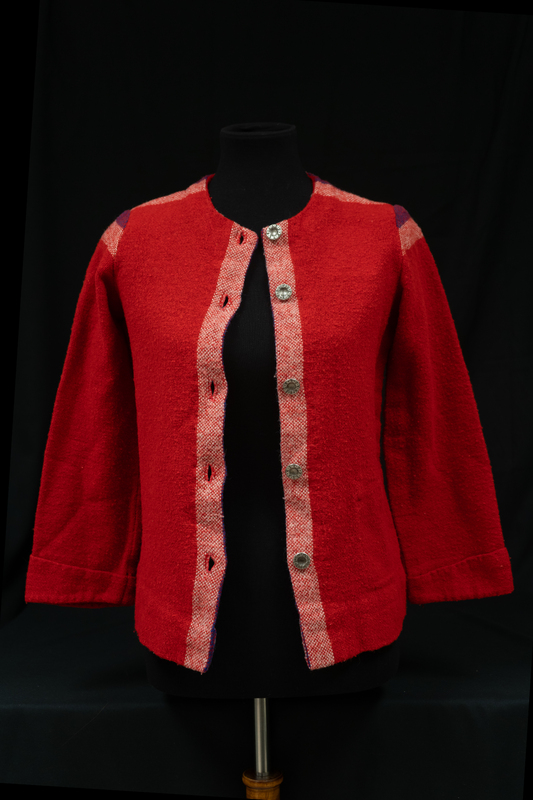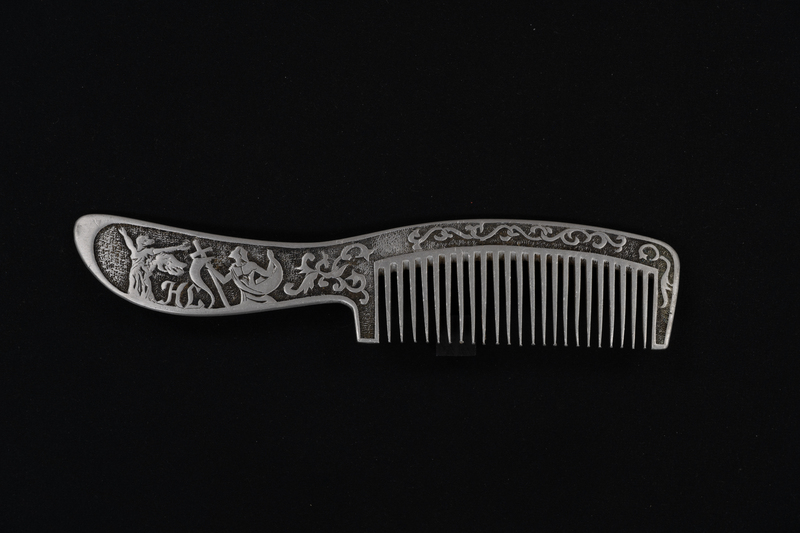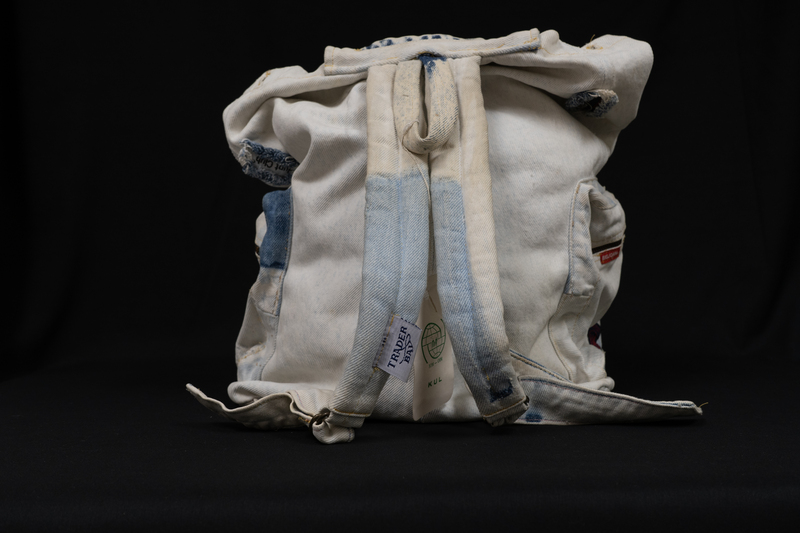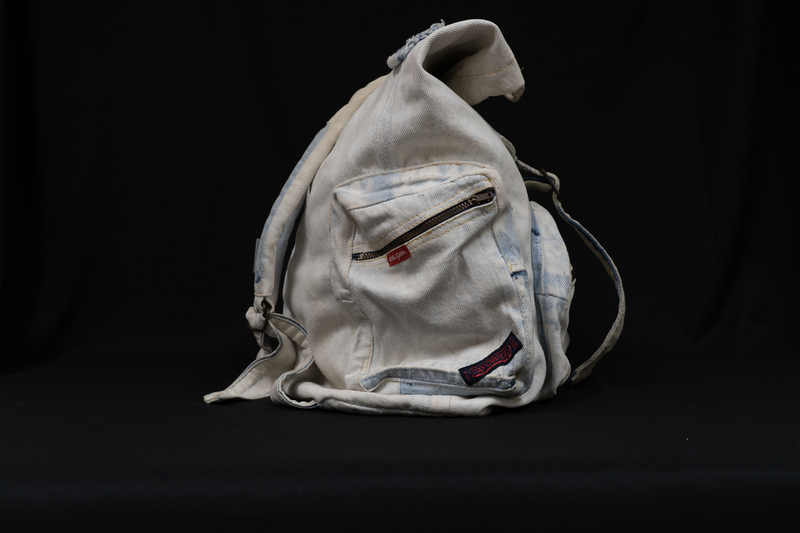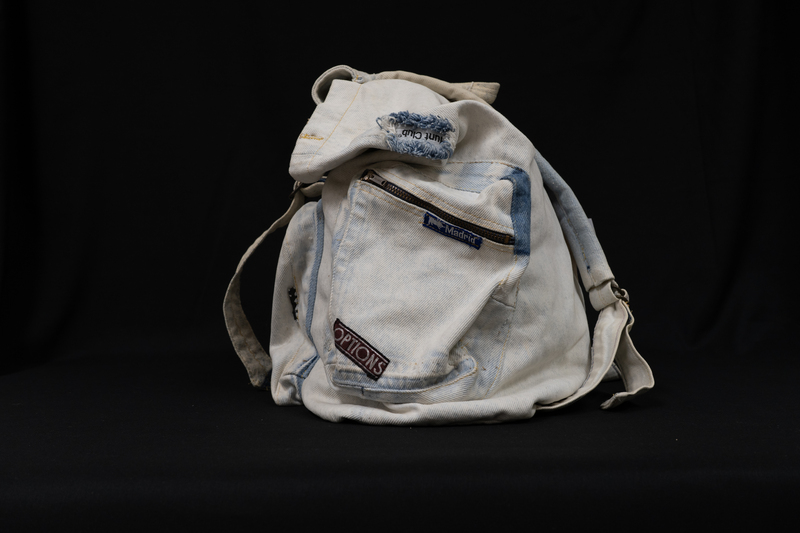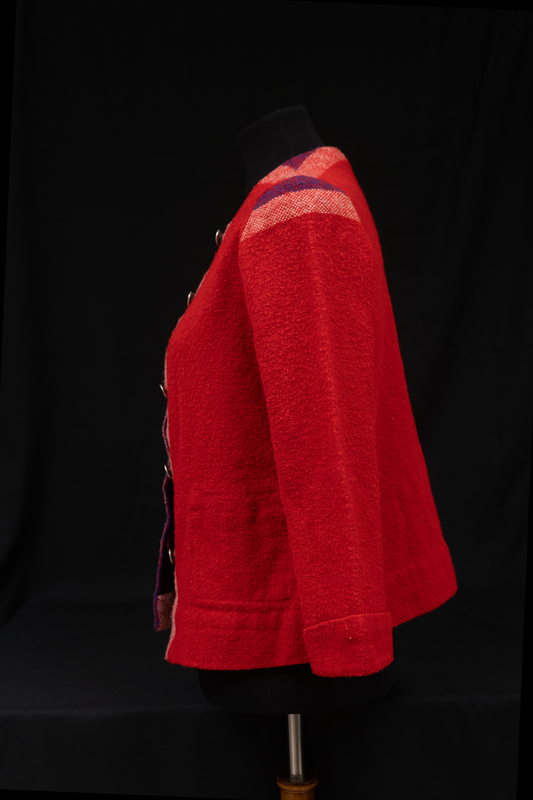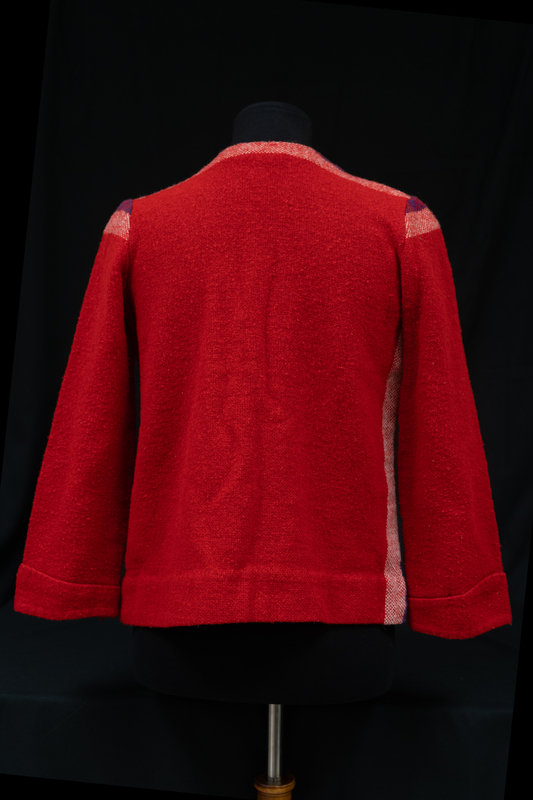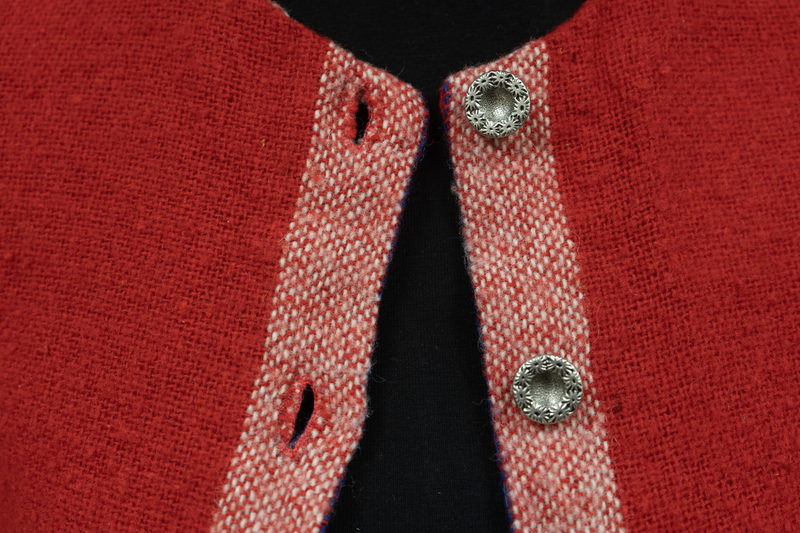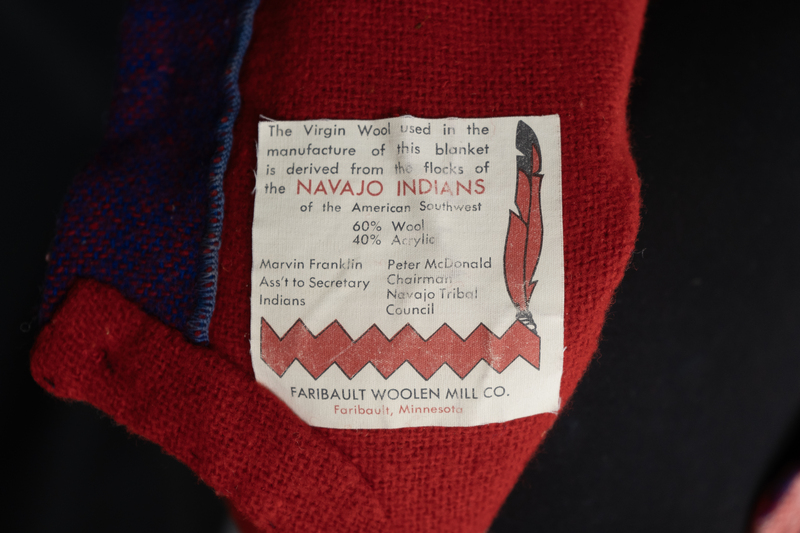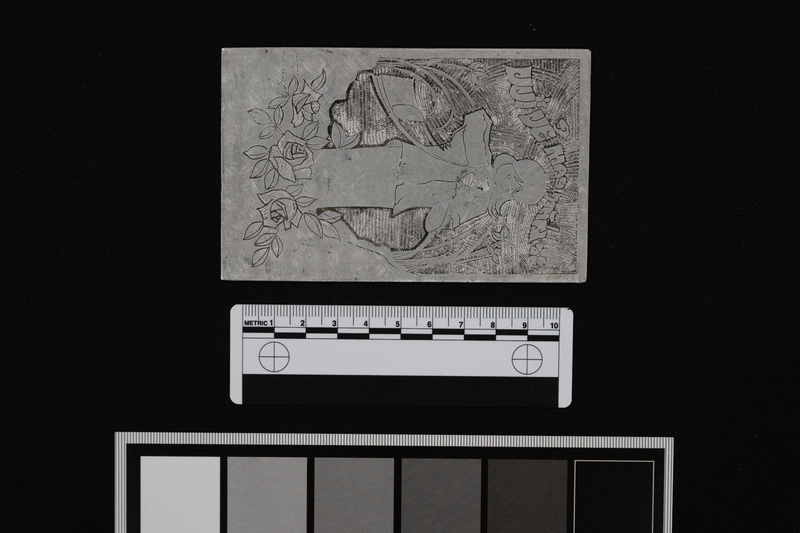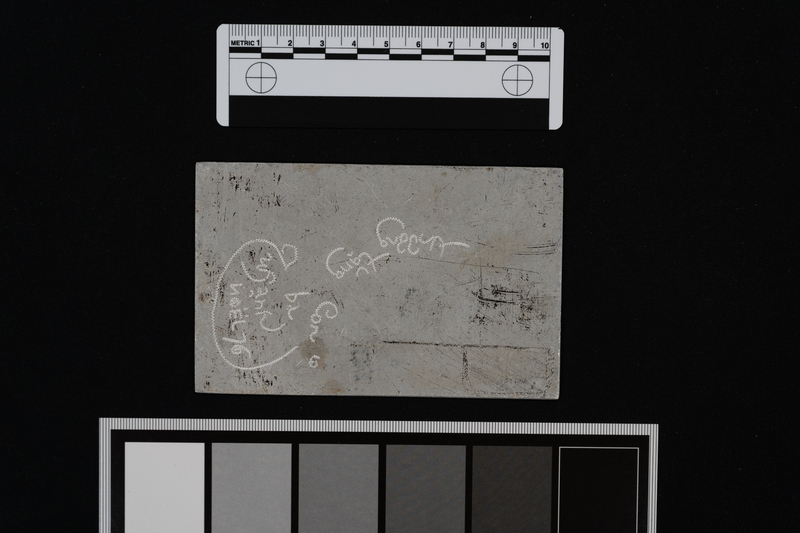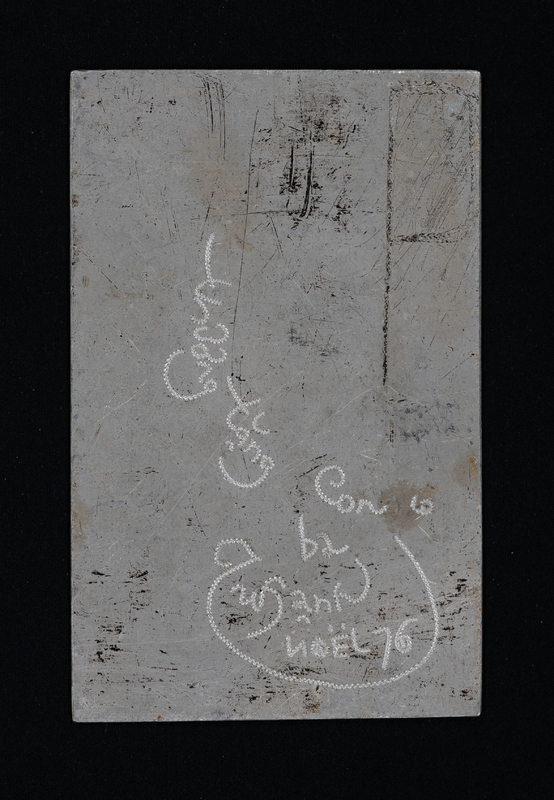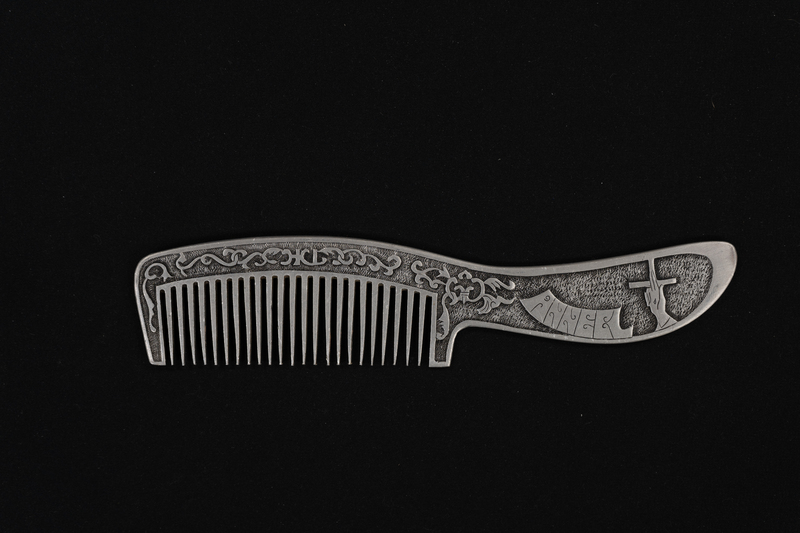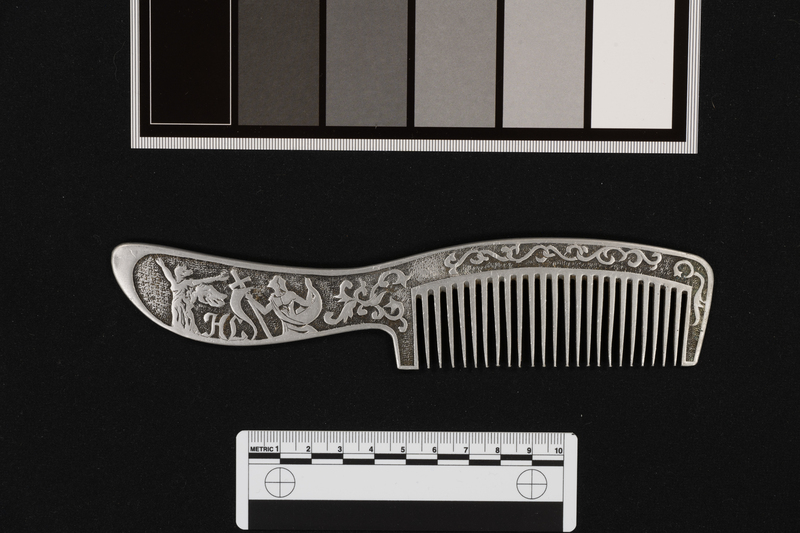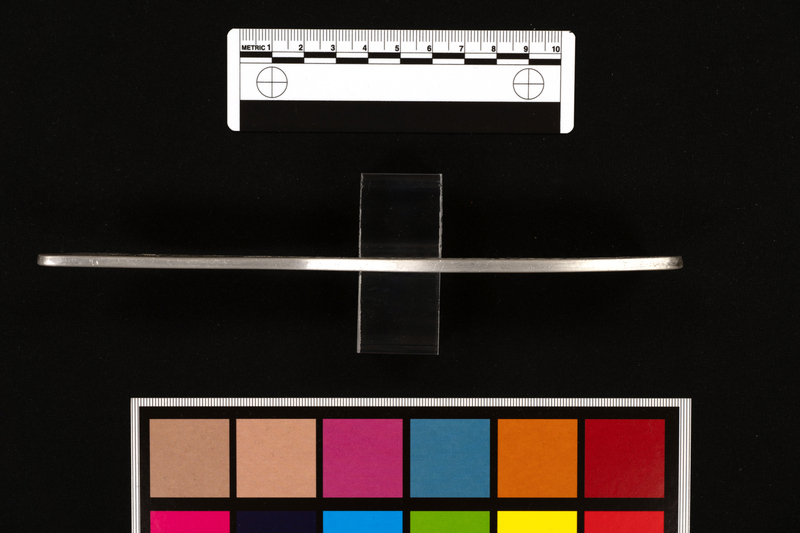Group 1: Transformations
Introduction to the Exhibition: Item Transformation
What is the role of transformation in refugeehood? Can it be a tool for oppression or for more than survival? This exhibit focuses on how transformation is portrayed in enduring refugee narratives and how refugees enacting transformation and creation on their external world could be an act of power and making their own mark on the world.
We ask you to question, rethink, and reframe refugeehood–that although transformation exemplifies an admirable strain of refugee resourcefulness and resilience as a result from incredibly despairing and seemingly hopeless circumstances, refugees are not simply to be revered for their ability to adapt and become malleable in times of crisis and difficulty. Rather, within refugees live a whole world of possibilities stemming from their creativity, community, and love as well in order to assert their own personhood through the world-building in their transformations.
Lastly, we want to foreground our exhibit with a quote from Departures: An Introduction to Critical Refugee Studies in order to begin thinking about transformation and its specificity in refugee studies and representations:
“People remember, forge, and transform a past that is simultaneously suppressed yet based on ‘potentiality for another world’. ”
Greco-Roman Classical Antiquity
Myth of Io
-
In the myth of Io, Zeus fell in love with the mortal girl, a daughter of Inachus and Melia and formerly a priestess of Hera. In order to conceal her existence from his wife’s jealous rage, Zeus transformed Io into a heifer. Unconvinced of her husband’s deceitful schemes, Hera demanded Zeus to gift Io in the guise of a heifer to her whom she sent Argus Panoptes, the “All-Seeing,” to monitor her. Depicted on the amphora produced around 540 BC, Hermes, sent by Zeus to further undermine his vengeful wife plans, lures Argus to sleep to free Zeus’s lover. In the myth, Io is subjected to the whims of Zeus’s infamous sexual appetite. Transformed into a heifer, Io’s autonomy and agency is inevitably limited as she is cornered by Zeus and chased around by Hera.
The myth of Europa
-
Acquired from Thomas Abel Brimage Spatt in 1862, this statue group from the Hellenistic period around 100 BC is held in the British Museum in London. It depicts a scene from the myth of Europa, a princess of Tyre, who was abducted by Zeus who, enamored by her, transformed into a white bull to abduct her. In this scene, Europa is perched on the back of Zeus as the bull. Although parts of the statue group are fractured and missing, Europa is portrayed as yet another woman subjected to Zeus’ tastes for sexual domination. Europa’s selfhood and agency is compromised as her consent in the tale is minimized in order to make room for Zeus. In this scene, Europa’s future is completely changed by Zeus’ wicked transformation to use Europa as he wanted.
Daphne and Apollo
-
In the myth depicted on this cup created circa 500 BC, Apollo pursues Daphne, a nymph and virgin huntress of the goddess Artemis. In order to escape from his relentless pursuit, she pleaded for help from her father, Peneus, a river god, who transformed Daphne into a laurel tree (which later became a sacred symbol to Apollo). While this transformation spares Daphne from Apollo’s physical grasp, it simultaneously robs her of freedom and agency, as she ultimately becomes a symbol of Apollo’s eternal possession. Daphne’s story, though it seems to have a happy ending, exemplifies a tragic loss of self as well as the enduring nature of oppression through forced transformation under the guise of safety and promised protections.
daphne cup
Artifacts from Vietnamese Refugee Material Culture Database
In the section below, we will be looking at the artifacts from Vietnamese Refugee Material Culture database and compare them with the Greco-Roman antiquities from the section above.
Know moreJean Backpack
-
This backpack was reconstructed from a pair of jeans donated by a charity organization. Ill-suited to the suffocating humidity of Pulau Bidong refugee camp in Malaysia, Vietnamese refugee Tan found a more practical use for the jeans. As repayment and token of appreciation, Tan created this backpack for his friend and fellow refugee, Vincent, who offered financial assistance from which he received from his brother, who had already resettled in the United States, to Tan’s sister. Despite the dire and scarce conditions of the refugee camp, this backpack exemplifies a strain of refugee resilience and resourcefulness to help one another even when material things were difficult to come by. In spite of the impersonal nature of the donation and near uselessness of jeans, Tan asserts a world of possibility and a desire to create things tailored to their own difficult circumstances
Sweater
-
This red and pink woolen women's button-up sweater was worn by Ms. Nguyen Thu Nhi in 1975 at the Marine Corps base of Camp Pendleton, CA, after she escaped from Vietnam to Guam. This sweater was handmade using two blankets from the airplane that took her from Guam to Camp Pendleton.
- Two ordinary blankets were transformed into a beautifully crafted sweater, symbolizing Ms. Nguyen Thu Nhi's resilience and adaptability. This transformation mirrors the journey of many refugees who, despite facing immense challenges, managed to create new lives and identities from limited resources. The sweater embodies the spirit of change and hope, showing how past hardships can be turned into symbols of strength and new beginnings.
Aluminum Birthday Card
-
This aluminum birthday card, etched with heartfelt messages, was created by prisoner Bắc Phong Từ Võ Hạnh as a gift for his daughter. Though he was willing to trade his food and endure starvation in order to obtain the necessary materials, his friend in the prison ended up gifting him the piece of aluminum, encouraging him to work on his daughter’s gift with no need to exchange anything in return. Although he could not physically be there to celebrate with her, Hạnh was able to have a prison visitor deliver it to his daughter. Hạnh writes on the card, “Because of you, I could not die,” demonstrating the very human desire to have a sort of anchor to rely on in the most difficult of times. This card, later displayed in the family’s home, not only serves as a beautiful symbol of familial love and craftsmanship, but also stands as a testament to his transformative ability to cherish sentimentality. Even in the most dire circumstances, the hope of reuniting with loved ones can provide the strength to endure and survive.
Aluminum Comb
-
Created by Bắc Phong Từ Võ Hạnh, the same prisoner who crafted the aluminum birthday card mentioned above, this aluminum comb was intended as a gift for his beloved wife. Despite the scarcity of material and tools (not to mention constant surveillance), he used metal fence scraps and leaves to transform a mere piece of aluminum into a delicate work of art, further deciding to include carved religious symbols as well as his family members’ initials. This process of creation not only changed the physical nature of the aluminum but also imbued it with deep personal significance, symbolizing hope and resilience. Although not functionally usable as a comb, the gift is a token that represents the enduring connection that persisted despite physical separation, as well as the creator’s ability to find solace and purpose in creation.
Artifacts Comparison
-
Juxtaposing these artifacts from Greco-Roman antiquity and from the Vietnamese Heritage Museum, we hope to problematize narratives of transformation in stories of refugeehood. While Io and Europa become passive objects in a minimal chapter of Zeus’ infamous history of sexual partners, transformation for these inspirational Vietnamese refugees become a site to negotiate power, for refugees to assert agency, and to continue a legacy of refugee world-building “to look beyond the immediate present and to root themselves in… a critical refugee futurity that unfolds from refugees’ everyday acts of resistance and affective forces in the here and now” (Departures 90).
- In place of approaching stories of refugees from a space of detachedness, we encourage people to zoom in on a smaller, more personal scale to see and witness a refugeehood that holds an abundance of resourcefulness, resilience, creativity, love, determination, and wholeness. We want to refute dominant narratives of lack and scarcity and instead, uncover an inspiring resolution from refugees everywhere to mold and tailor a chaotic, antagonistic world to their own needs, hopes, and dreams.
-
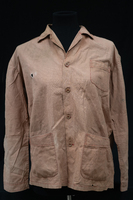
Shirt with Bullet Hole
Men's beige cotton button-up shirt with a bullet hole in the right side of the chest. The shirt was worn by Nguyen Long Chi as he tried to escape Vietnam in 1981 by boat together with other refugees. After 2 days in the South China Sea, their boat was attacked by pirates. Mr. Nguyen Long Chi was shot by the pirates in the right side of his chest; all the boat people were robbed, and the women were raped. The boat was able to land at the island of Pulau Bidong, Malaysia, two days after the attack. -
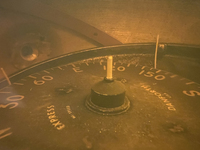
Compass
Metal military compass measuring 7" in height, 6.6" in width, and weighing 5 lbs. The compass belonged to Ngo Van Thu, a former Major of the 2nd Infantry Division, who had been interned in a re-education prison camp from 1975 to 1984. After a failed escape attempt in 1986, he was able to flee Vietnam in 1989 on a boat with 149 other passengers, using his compass to sail over 500 miles to Malaysia, where he became the director of the Pulau Bidong refugee camp. Compasses were a rare and sought-after commodity as more and more people attempted to escape from Vietnam, and were regularly confiscated when refugees were stopped by the local police. Ngo Van Thu buried his compass after reaching Malaysia to safeguard it, and secretly sent it to America with the help of a priest. In 2023, he retrieved the compass and donated it to VHM. -
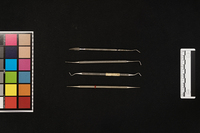
Vintage Dental Instrument Set
Set of 4 metal dental instruments. The set belongs to Dr. Vu Tien Dat, a dentist and former Major who had served in the General Staff of the Vietnamese Armed Forces and the Republic of Vietnam. He was able to carry these tools with him when he was interned in a re-education camp in 1975 and used them to help his fellow prisoners for the four years he was imprisoned. He was later relocated to the USA and went on to use the tools in his dentist practice, which inspired his grand-daughter to become a dentist as well. -

Violin
The violin was created in about 4 weeks by Le Tri, a former Captain in Unit 101 of the Army of the Republic of Vietnam who trained himself as a carpenter while in the prison camp. The faces of the violin are made of two 1.5 cm thick pieces of Vang Tam wood, thinned down to 3 mm using a broken glass shard. The pieces were glued together using glue made from buffalo or cow hide. The violin strings are made of discarded bicycle brake cables, and the bow strings are made of thin nylon wire. After being caught working on the violin, the creator was first put in solitary confinement for 15 days and then beaten with a hammer, but he was ultimately able to finish the violin and hide messages for his family inside of it when he was released. -
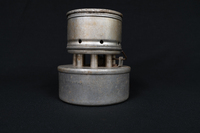
Table Stove
Aluminum and bamboo tabletop stove. The stove is made of three distinct components, described by its creator as "the bottom receptacle, which housed the lamp oil; the middle portion, which functioned as a rim to hold the bottom container and to attach the small tubes for inserting the fabric wick; and the top part, which constituted the stove's upper section." The metal components were made reusing bomb parts found by the prisoners in the re-education prison camp. The top part was derived from a Guigoz milk can.The lid is connected using bamboo or tree branches. Barbed wire pieces and zinc coins were also used to create smaller components. -
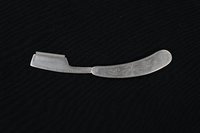
Razor
Aluminum folding razor with intricate hand-carved details. The handle is engraved with floral motifs, the back edge of the blade is engraved with a geometric pattern. The creator had become paralyzed in his legs due to overwork and malnutrition, so he crafted and carved the razor with the intention to use it to symbolically commit suicide "meaningfully, beautifully, and heroically" on Vietnam's National Day of Mourning (April 30th). He was eventually dissuaded by the thought of his family. -
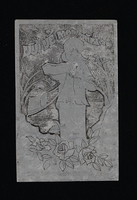
Aluminum Birthday Card
Rectangular aluminum plate hand-engraved with words in Vietnamese. The item was crafted using a thin piece of aluminum donated by a friend of the creator, a fellow prison camp inmate. It was meant as a birthday gift for the creator's daughter and was delivered to her by a prison visitor. -
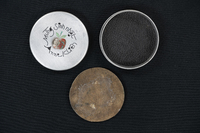
Jewelry Box
Round aluminum jewelry box handmade for the creator's wife. The top lid is engraved with the words "Mừng Sinh Nhật Anne K Liên" (Happy Birthday Anne K Lien) and the image of an apple and a woman's face. The inside of the top lid is engraved with the letters R E N. The box lids are padded with round leather discs. -

Aluminum Comb
Handmade aluminium comb with engravings of religious (Catholic/Christian) imagery and the initials of the three family members (creator, his wife, and their daughter).
